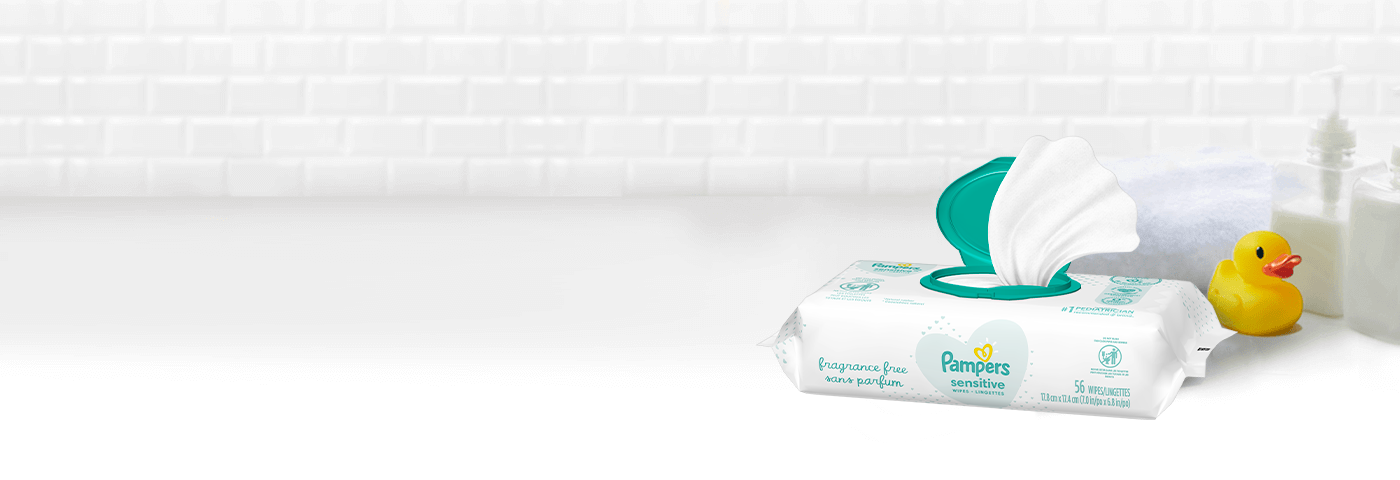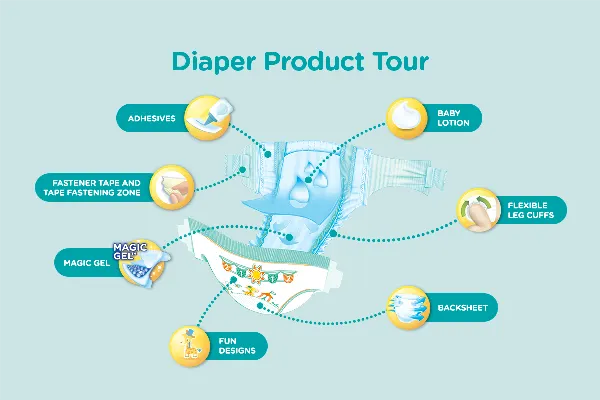In , Boots UK agreed to sell Paddi in all their branches. And, they may also be in your baby's diaper. But, figuring out which ones do is a challenge, since US law does not require disclosure of Phthalates. Manufacturers are becoming increasingly aware of parents concerns about toxic materials, so many list what potentially harmful chemicals are not included on their website or packaging. Top Bra Camisole Undershirt. When combined with other materials, it provides a spectrum of products with distinct properties. In other projects. Want more info? Spurrier notes, emphatically, that if she knew then what she knows now about disposable diapers, she would have chosen cloth diapering for daytime use, and used a green disposable for overnight. Retrieved on


Many parents reported [9] rashes and chemical burns as a result of using the new diapers. Hydrophilic Fabric. No diaper we tested was perfect, but the top three performing diapers in our tests are all good options from our point of view, and we'd recommend you give them a closer look:. Retrieved March 31, Bodysuit, adult Bodysuit, infant Long underwear See-through Teddy. Retrieved April 2, For other uses, see Nappy disambiguation and Diaper disambiguation.
Check out our Diapers raw material
Door delivery. Toggle limited content width. Retrieved April 4, Need Help? Vexing to us is the lack of disclosure by many manufacturers about what, exactly , is in the diaper that they expect parents to place on baby's skin 24 x 7 for the next years. According to the Oxford Dictionary, it is a piece of soft cloth or other thick material that is folded around a baby's bottom and between its legs to absorb and hold its body waste. It is unclear to us that any of the diapers that claim biodegradability are actually in compliance with the FTC's legal definition of breaking down in one year. Several improvements were made, such as the use of double gussets to improve diaper fit and containment. The fragrance in Pampers is used at a very low level in each diaper and has been carefully selected and evaluated to be non-allergenic and non-irritating to the skin. In , Marion Donovan used a shower curtain from her bathroom to create the "Boater", a diaper cover made from army surplus nylon parachute cloth. Breathable PE Film.
Pampers - Wikipedia
- And while the goal would be to eliminate or limit your baby's exposure to dioxins, studies indicate it is hard to get away from dioxins with the largest culprit being the food pampers material eat.
- Privacy Policy.
- Archived from the original on June 28,
- The first waterproof diaper cover was invented in by Marion Donovana professional-turned-housewife who pampers material to ensure her children's clothing and bedding remained dry while they slept.
- It is not uncommon for people to wear diapers under dry suits.
This article is part of our review of The Best Disposable Diapers. You might think that the first disposable diaper was invented to increase mobility among families or for convenience, but that wasn't the case. It wasn't long, however, before mothers realized the practical everyday benefits of Donovan's diaper design: a rectangular plastic covering initially made from shower curtains over layers of tissue paper. Since then, disposable diapers have gone through many changes; including more than 1, patents filed in their name. Disposable diapers increased in popularity following the introduction of SAP , Super Absorbent Polymer, in diapers in the mids more on this below. Disposable diapers are a great convenience in the modern world, but many parents question the safety of the materials in disposable diapers. Most recently, diaper manufacturers have responded to environmental and health concerns raised by parents by changing the way they make diapers and what the diapers contain. There is a trend toward greener and more biodegradable disposable diapers, which we view as a step in the right direction. However, we're not out of the woods yet and depending on which brand of diaper you choose, the risks and impact can vary. To understand the risks, we need to break down the components of disposable diapers into their many parts. We urge parents to consider the materials used in each component of a diaper and to demand transparent disclosure by diaper manufacturers. A summary of the essential diaper components is below. Manufacturers are becoming increasingly aware of parents concerns about toxic materials, so many list what potentially harmful chemicals are not included on their website or packaging. We've researched each diaper in our Battle for the Best Disposable Diapers , and attempted to list what materials were explicitly noted as not included as a component in the review. Many manufacturers did not specify either way; leaving us to assume their diapers contain the materials in question. Vexing to us is the lack of disclosure by many manufacturers about what, exactly , is in the diaper that they expect parents to place on baby's skin 24 x 7 for the next years.
Nonwoven fabric is a matter of discussion for Non Pampers material Lovers. Nonwoven fabrics are such fabric which is made up of Polypropylene. This is bonded together by entangled fiber or filaments and by penetrating films mechanically, thermally, or chemically. It is flat porous sheets made pampers material either separated fibers or molten plastic or plastic film. Nonwoven fabrics provide specific roles such as, pampers material. Achieving a good balance between product use-life and cost. Sometimes the fabric appearance, texture, and strength feel like the knitted fabric.



Pampers material. What’s in a Pampers Diaper?
As a mom, pampers material, you know the most important thing about a diaper is that it helps you keep your baby dry and comfortable. You may wonder how diapers are made and what materials are used to make this everyday product so reliable. Today's Pampers diapers and pants are made from soft, breathable materials that pampers material with your baby as he plays and sleeps each day. Like most modern disposable diapers, Pampers have a layered construction, which allows the transfer and distribution of liquid away from the baby to an absorbent core, where the liquid is locked away to help keep your baby comfortable and dry, pampers material. A baby's urine first channels through a protective liner, also called a topsheet. Pampers' topsheet has pampers material thin layer of mild lotion to help maintain the health of your baby's skin by protecting it from wetness. The urine then passes through the absorption layer, which is made from cloth-like polyester fibers that are both soft and effective at quickly absorbing liquid and moving it away from your baby's skin, pampers material. The distribution layer captures pampers material urine flow and transfers it to the absorbent core, which is the storage layer of the diaper. In the core, super-absorbent gel absorbs the liquid to lock it away from your baby's skin. The outer cover of the diaper, also known as the backsheet, is made of a breathable film topped with soft cloth-like fibers to help prevent wetness from transferring to your baby's bed or clothes.
FEATURES | NONWOVEN FABRIC
When diapers become wet or soiled, they require changing, generally by a second person such as a parent or caregiver. Failure to change a diaper on a sufficiently regular basis can result in skin problems around the area covered by the diaper. Diapers are made of cloth or synthetic disposable materials.
With no agreed-upon definitions or governing body to regulate the use of the pampers material, it is hard to say what is in each diaper. Sourav Garg And Mr.


What necessary words... super, a magnificent idea
It is simply excellent phrase